Special Report
Fascinating Daylight Saving Time Legends, Myths, and Truths
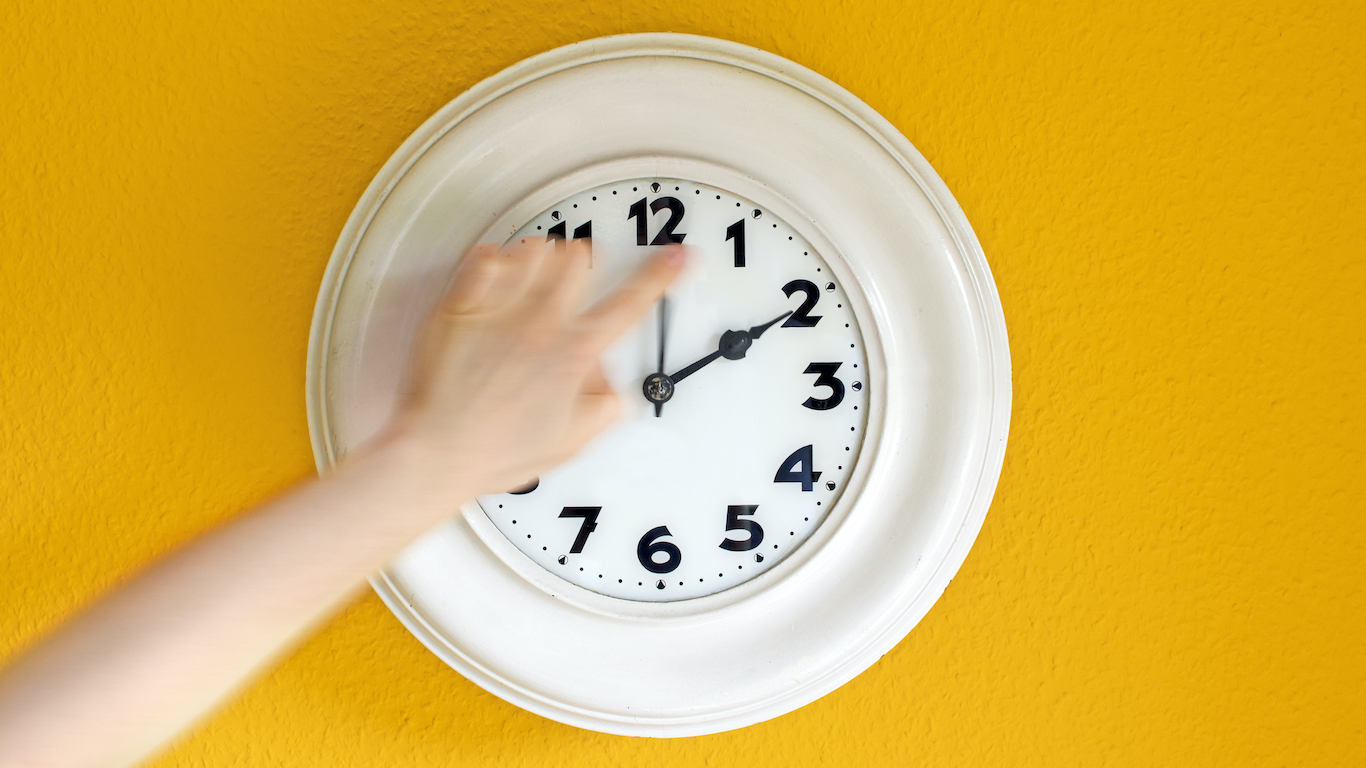
Published:

On Sunday, March 13, at 2 a.m., most Americans will set their clocks forward an hour, and kids, parents, and workers alike will get to sleep an hour less. These days, most people have smartphones that automatically change the time, so there’s no need to even change your alarm.
Other than losing sleep in the spring (or getting more sleep in the fall), there’s a lot about this confusing practice that most Americans know nothing about. For example, did you know that the vast majority of people around the world don’t observe daylight saving time?
24/7 Tempo reviewed some of the most common misconceptions about daylight saving time observance to set the record straight. We also dug up some surprising facts that are often more interesting than the made-up stuff, including when and why daylight saving time came into existence, what it is supposed to accomplish, and which industries it affects the most.
Did you know the American candy industry has a huge stake in daylight saving time, so much so that they lobbied to have it changed? For a more in-depth look at the specific reasons we observe daylight saving time, check out “why do we really move the clock forward.”
Click here to see fascinating daylight saving time legends, myths, and truths
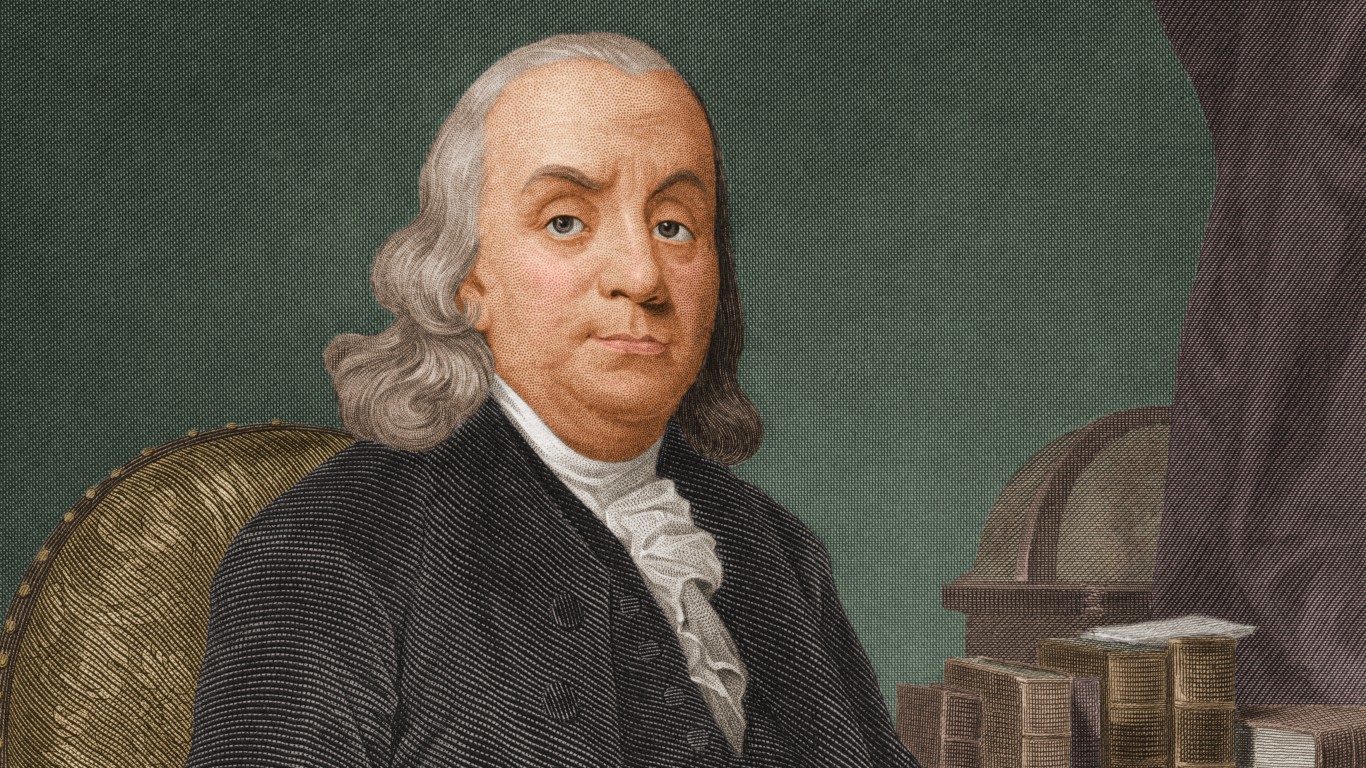
1. Benjamin Franklin didn’t singlehandedly invent it
While he is sometimes credited with “inventing” daylight saving time, Founding Father Benjamin Franklin at best came up with an idea that roughly resembled it, and he almost certainly was joking.
Franklin wrote his farcical proposal “An Economical Project for Diminishing the Cost of Light,” while living in Paris serving as the American envoy to France, and his paper may have been written just to mock the late sleep schedules of the French. Whatever his exact intention, Franklin only proposed to change sleep schedules, not the clocks.
[in-text-ad]
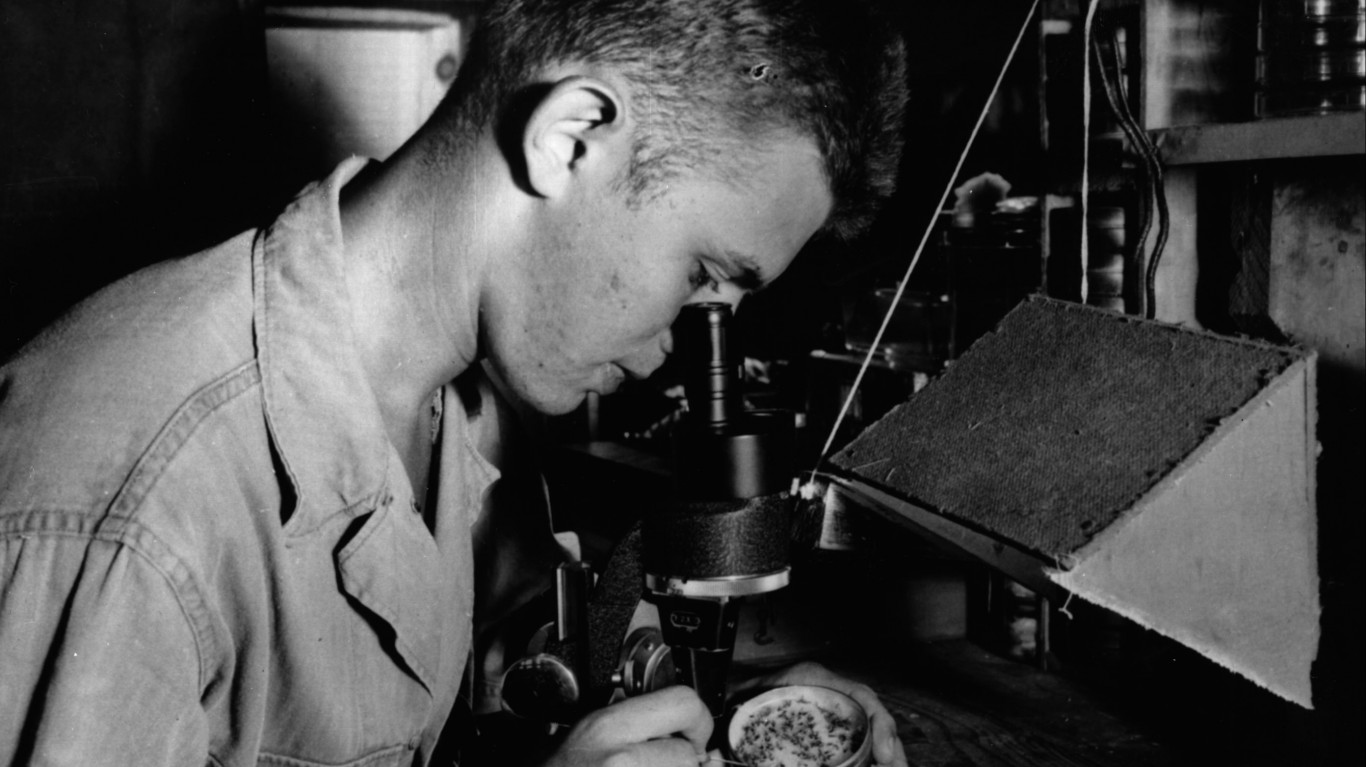
2. An entomologist gets official credit for the invention
If anyone deserves credit for inventing daylight saving time, it is an entomologist — someone who studies bugs for a living — named George Vernon Hudson. Hudson, a British National who lived in New Zealand, proposed the idea to the Royal Society of New Zealand in 1895, but he was not taken seriously.
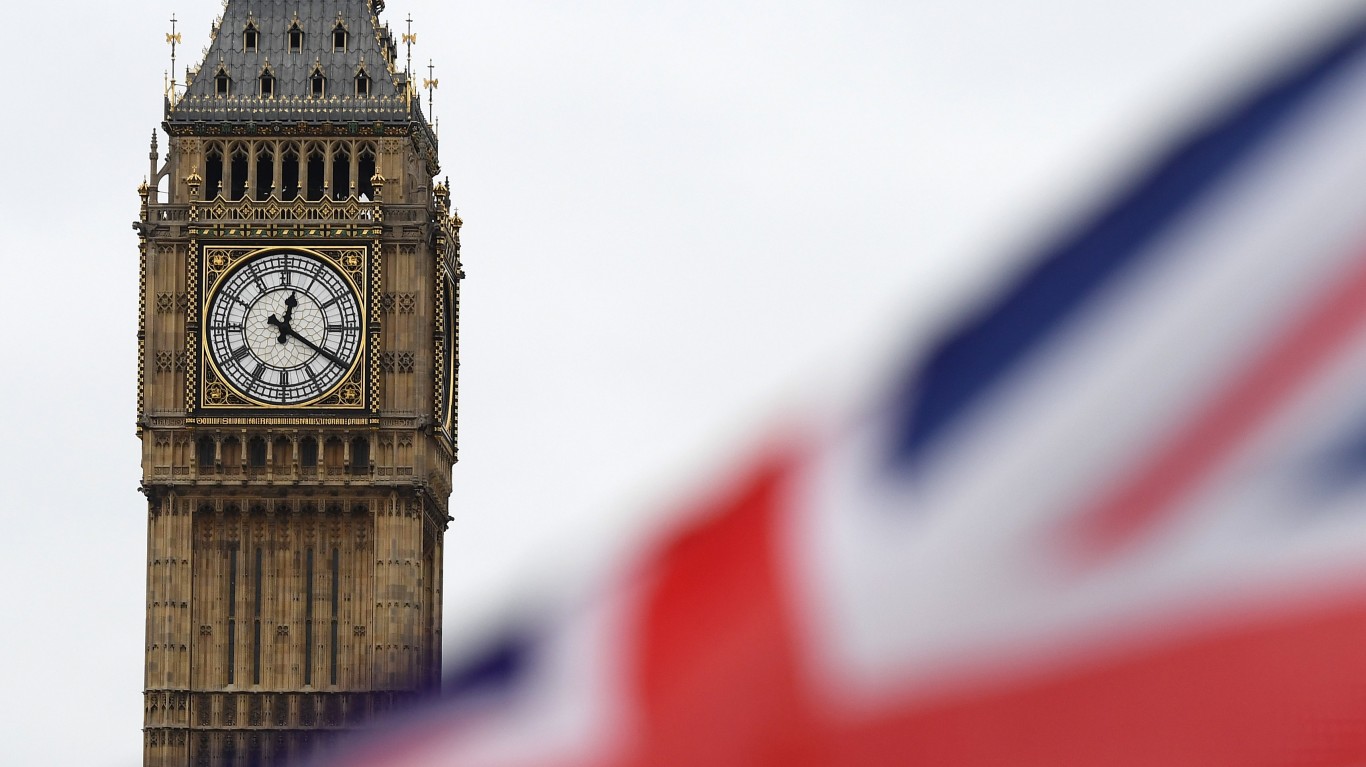
3. An Englishman is responsible for the campaign to make DST a reality
Englishman William Willett had a stroke of inspiration riding horseback early one morning, believing a temporary clock change would help more people enjoy the morning the way he was. He lobbied British society and government to implement what he called “summer time,” but he died before seeing his dream become a reality.
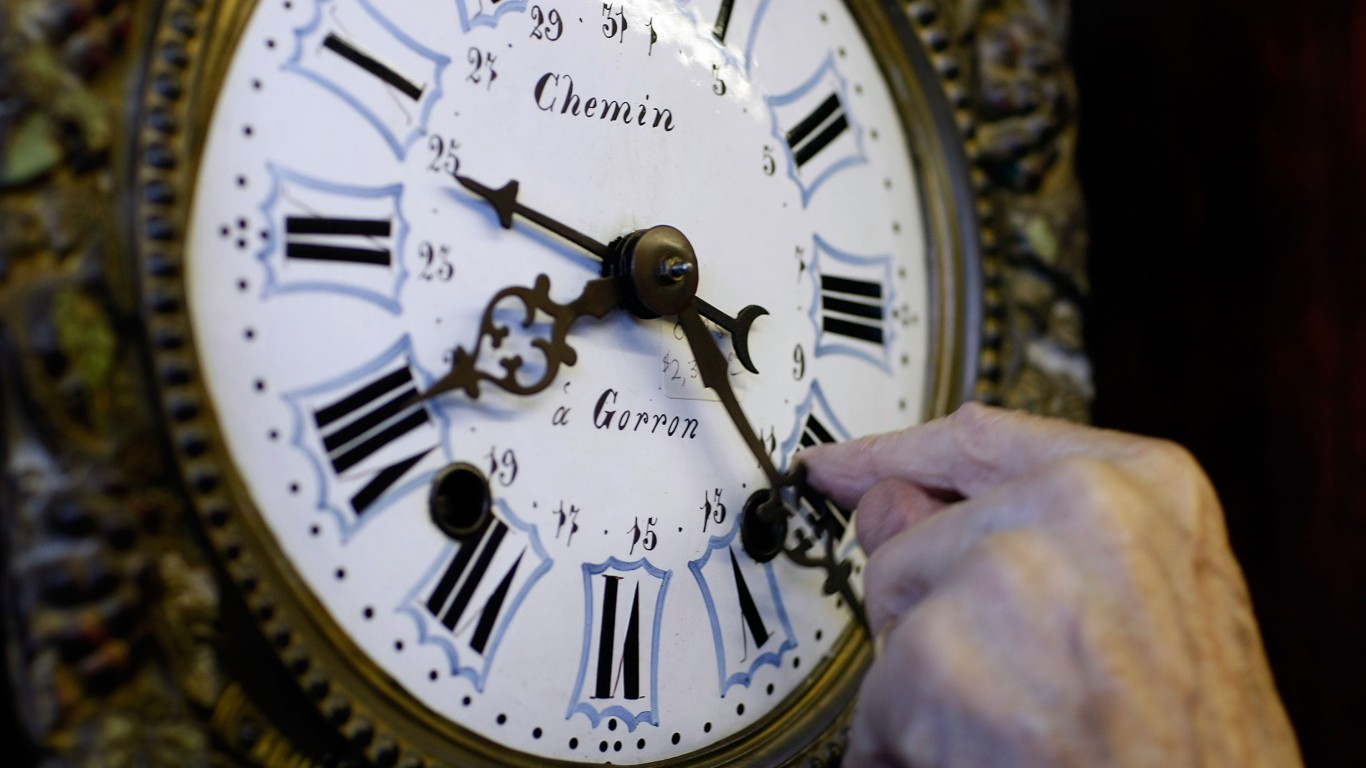
4. One of the first DST proposals was to shift the clocks forward in 20 minute increments
An interesting part of Willet’s proposal was that instead of changing the clock by an hour all at once, the clock would be moved 20 minutes at a time over four Sundays in a row in April, and then back again over four Sundays in September.
[in-text-ad-2]
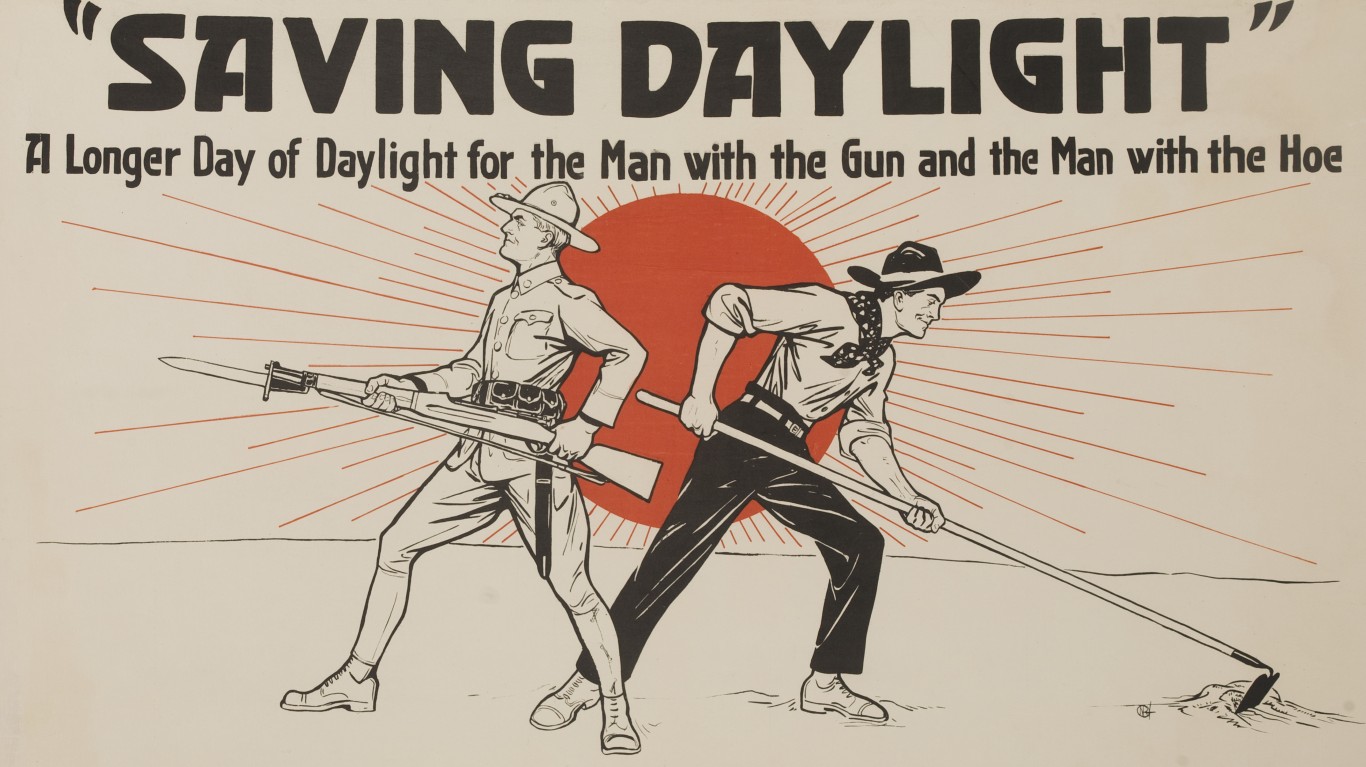
5. DST was first implemented during World War I
Daylight saving time was first adopted by Germany and Austria on April 30, 1916 — the middle of World War I. The change was made to save electricity in the wartime effort. Britain and other nations like the United States soon followed.

6. The jury is out as to whether it actually conserves energy
The entire idea behind daylight saving time is to save energy, but whether DST actually accomplishes this is still very much up in the air. Some studies have shown that DST saves energy during the spring and fall, but other studies have shown that it could actually raise energy costs because of increased use of air conditioning.
[in-text-ad]
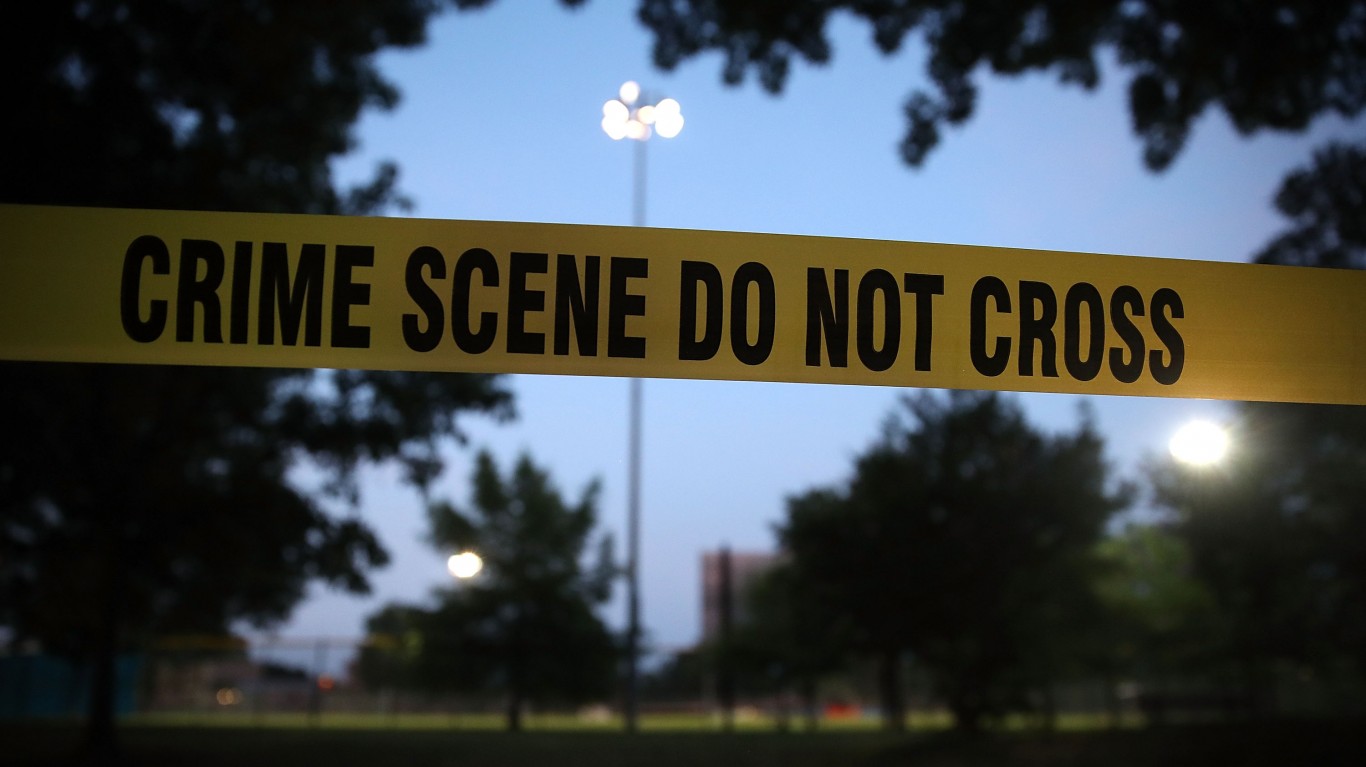
7. It could possibly stop crime
One study found that there was a 7% decrease in crime in the U.S. immediately following the start of DST. In particular, the number of robberies dropped 27%. There is speculation that this is because following DST the evening hours are better lit, which makes it harder to commit crimes.
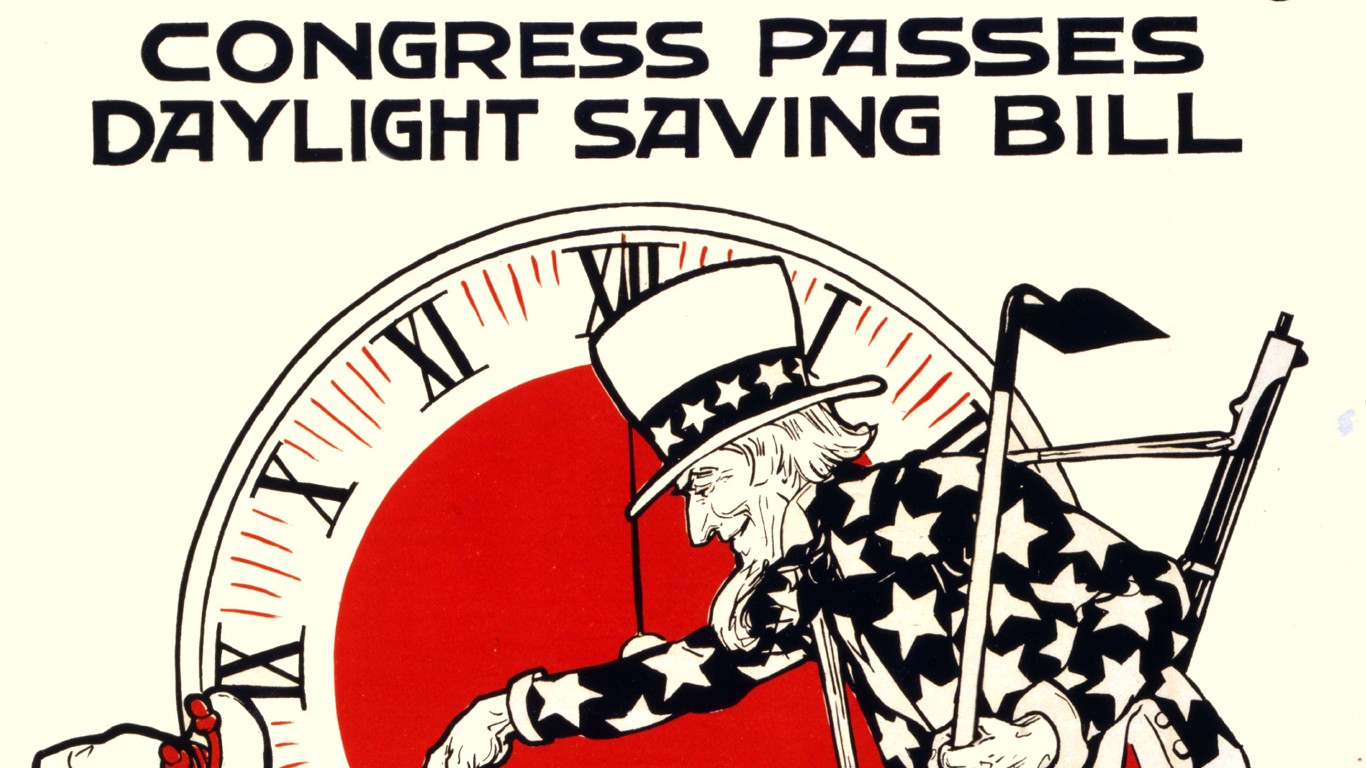
8. The laws in the U.S. have changed a lot
Federal laws regarding DST in the U.S. have changed many times. It was briefly law during WWI and again during WWII. It became federal law again in 1966, and the country even briefly went to full-time DST during the oil crisis in the mid 1970s. In 2005, the energy policy act extended daylight saving by four weeks.
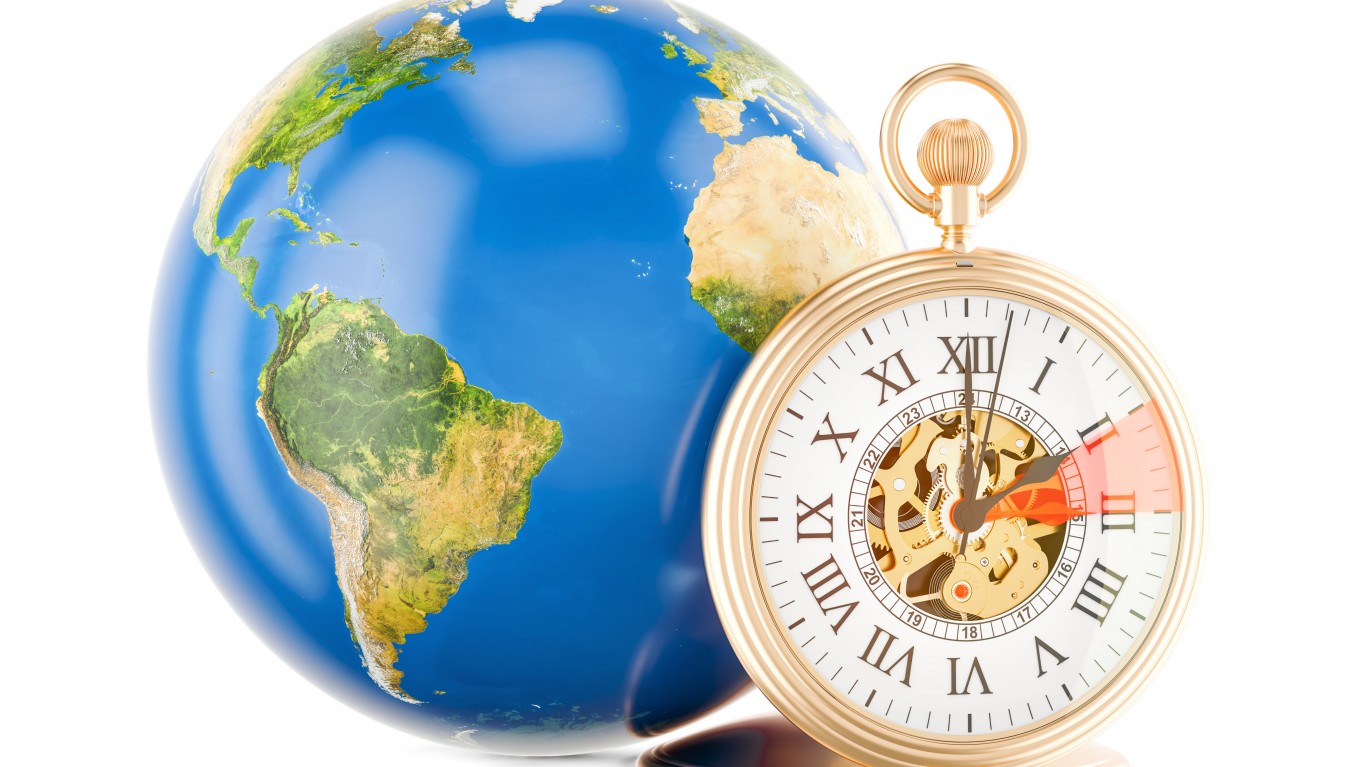
9. Not all parts of the country observe it to this day
Both Arizona — other than the Navajo nation — and Hawaii don’t observe daylight saving. The same goes for Guam, Puerto Rico, and the U.S. Virgin Islands.
[in-text-ad-2]
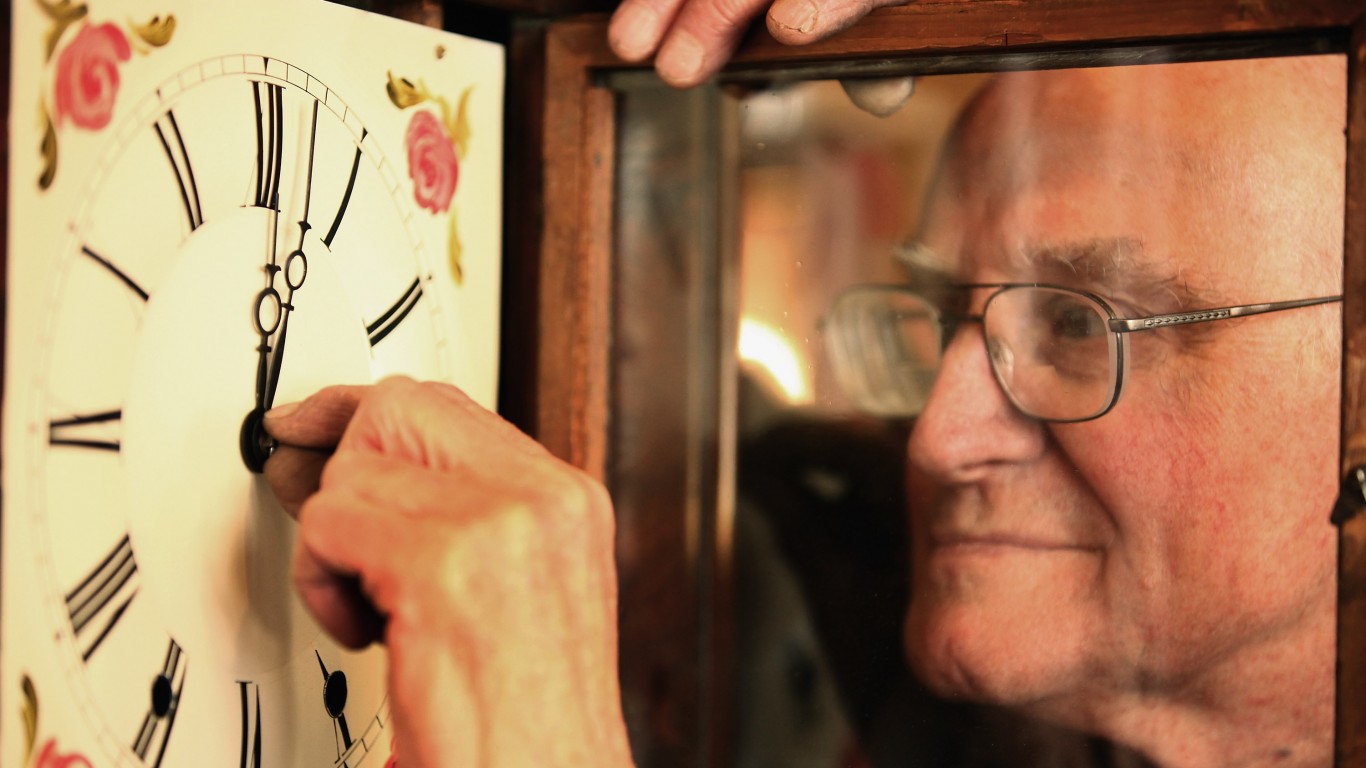
10. It doesn’t start a midnight
Many people aren’t awake when the clocks actually change, so you might not know that daylight saving time doesn’t actually kick in until 2 a.m. on the second Sunday of March. It ends at the same time on the first Sunday of November.

11. It’s important to the candy industry
The candy industry lobbied to extend DST for decades under the belief that turning the clocks back to standard time before Halloween meant children would have less time to trick-or-treat. In 2007, the industry got its way, when a law extending DST into November went into effect.
[in-text-ad]
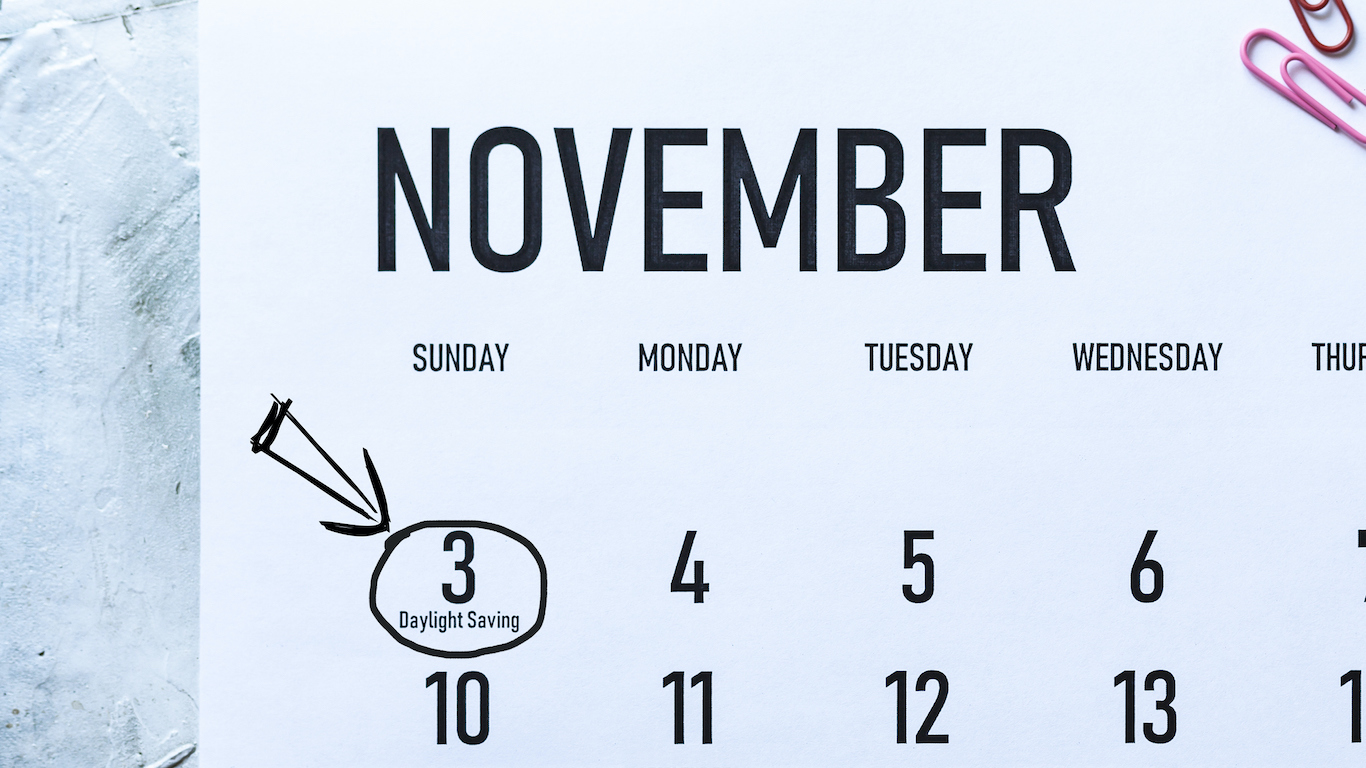
12. Many people spell it wrong
Daylight saving time is frequently referred to as “daylight savings (or saving’s) time.” The word, however, is “saving.” Luckily, the mistake is so minor, it is not likely lead to any confusion.

13. Many Americans don’t support it
DST is not especially popular. According to a 2014 poll, only about a third of Americans support the time change.
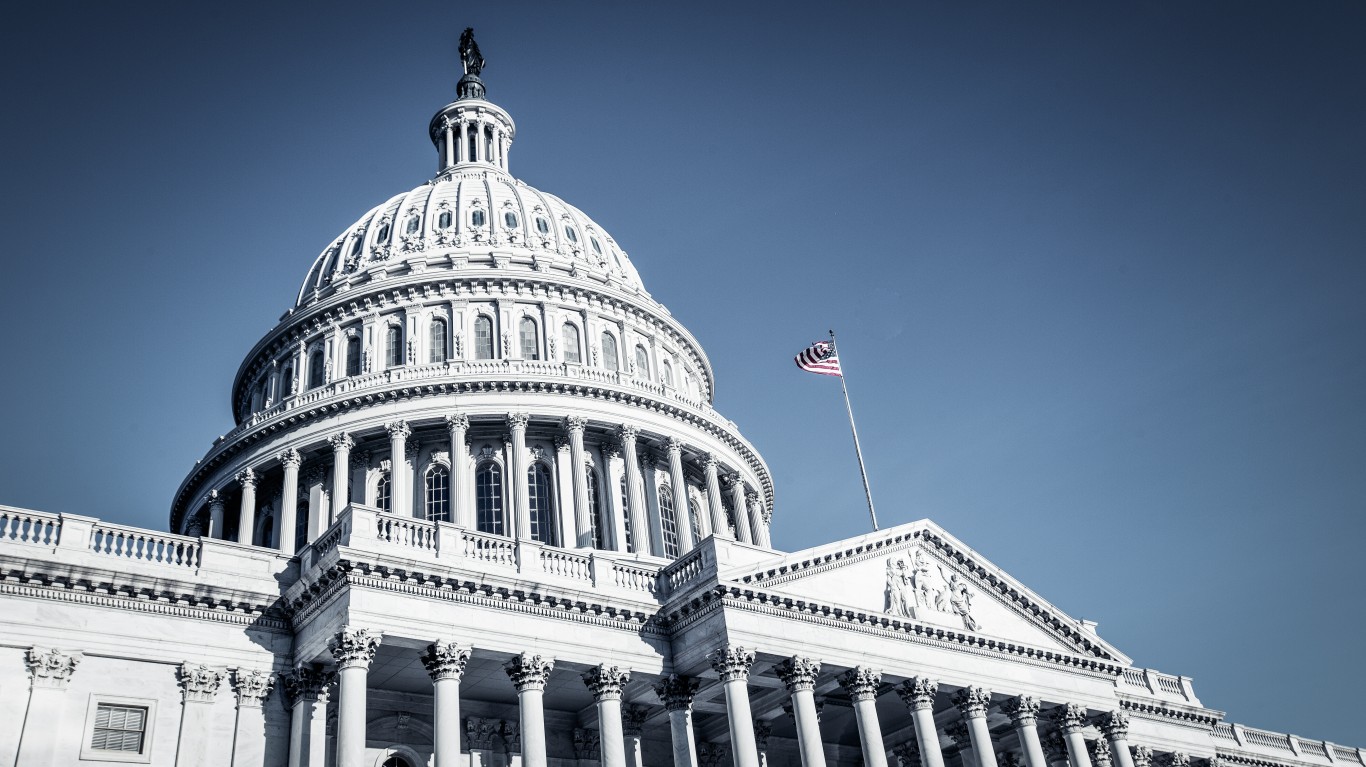
14. It could be repealed
Many of us alive today are old enough to remember when there was no DST, and some of us may live to see a day when DST is again not observed. Some 37 states had at least one DST-related bill on the 2019 legislative docket — including repeal proposals. Nationwide, the website standardtime.com has begun a petition to Congress that has garnered over 350,000 signatures to eliminate DST altogether. On the flip side, 26 states want to make DST last year-round.
[in-text-ad-2]

15. Other Countries observe it differently
Though the U.S. is not the only country to observe DST, there’s no international rule that all countries adhere to. For example, Brizol changes its clocks on the third Saturday in October. Israel, meanwhile, changes its clock on the last Sunday in October.
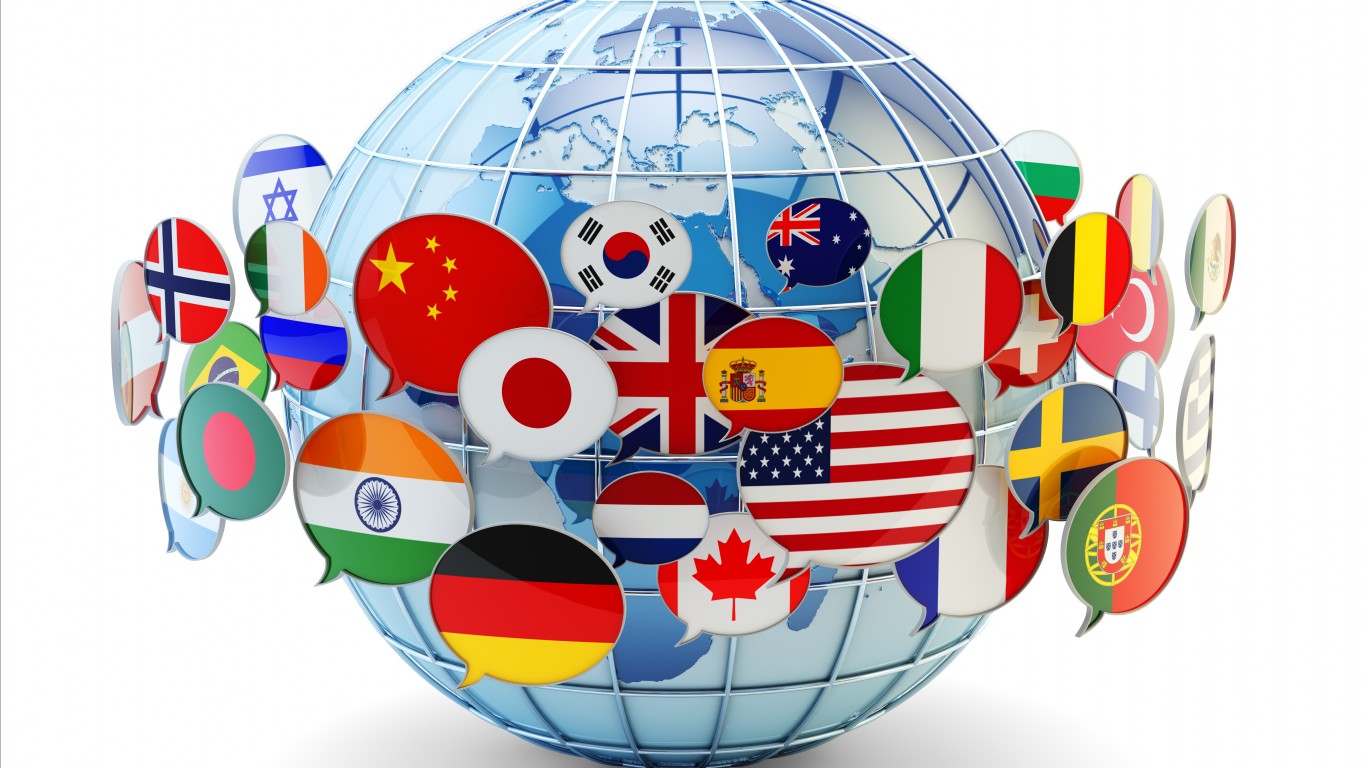
16. Most people on Earth don’t observe it at all
In addition to Americans living in Arizona, Hawaii, and some U.S. territories, most of the world doesn’t observe DST. Notable exceptions among industrialized nations include Japan, India, China, and the Canadian provinces of Saskatchewan and parts of British Columbia.
[in-text-ad]

17. It might affect TV ratings
When we set our clocks back one hour in the spring, TV networks suffer. According to some estimates, there is a 10% viewership decline for prime time TV the Monday after the clocks change, as another hour of daylight leaves more time for other activities.

18. It causes sleeplessness
When we set our clocks back one hour, it can take time for the body to adjust. The American Academy of Sleep Medicine recommends to begin shifting the time you go to bed and the time you wake up in the morning by 15 to 20 minutes, two to three days before DST for a smoother transition into a new sleep schedule.

19. It appears to have many negative impacts on health
The loss of sleep that for many Americans accompanies daylight saving can have serious health consequences. The risk of stroke, heart attack, and overall susceptibility to illness increases after daylight saving begins.
[in-text-ad-2]

20. It hasn’t always been called daylight saving time
Before it became federally mandated in the 1960s, dayling saving time was enacted for brief periods during the U.S. involvement in the World Wars. During WWI it was commonly known as “fast time,” and during WWII it was referred to as “war time.”
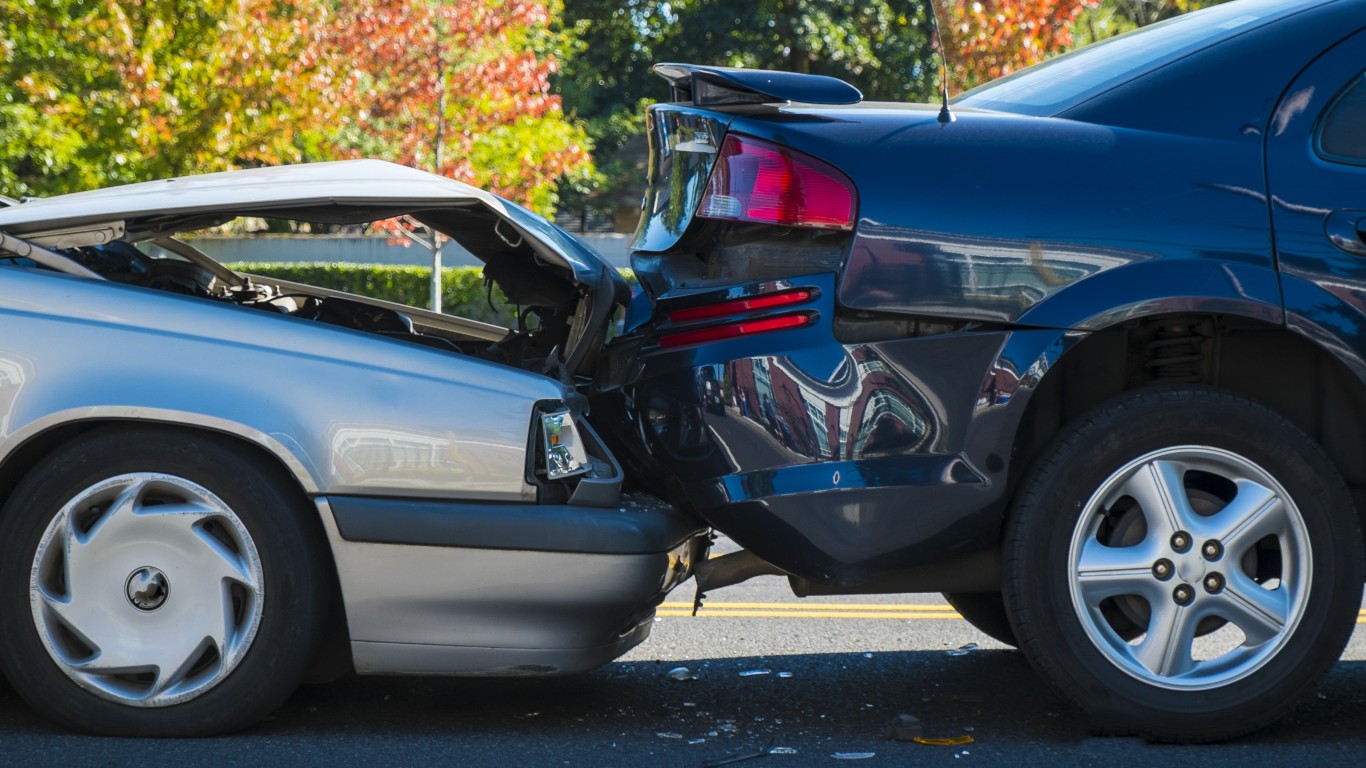
21. It may increase the frequency of car accidents
As already noted, changing the clocks can cut into sleep time — and the consequences of sleep deprivation can be serious. According to a study published in the New England Journal of Medicine in 1996, there is an 8% increase in motor vehicle accidents the Monday after we set our clocks ahead an hour in the spring. Car accidents decline by a similar amount, however, after we set our clocks back in the fall.
[in-text-ad]
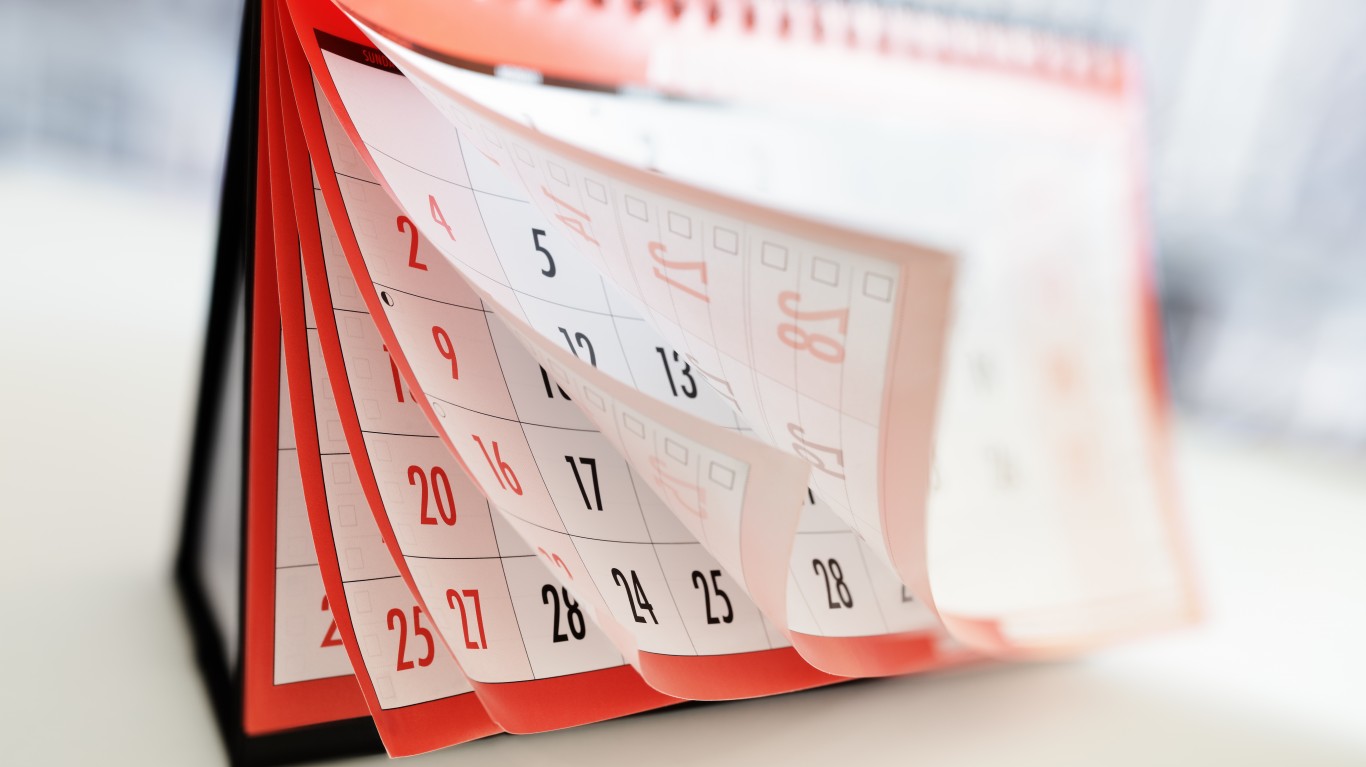
22. The year isn’t split evenly between daylight time and standard time
Daylight saving time typically lasts for eight full months — from March through October. Only four months out of the year — January, February, November, and December — are on standard time.
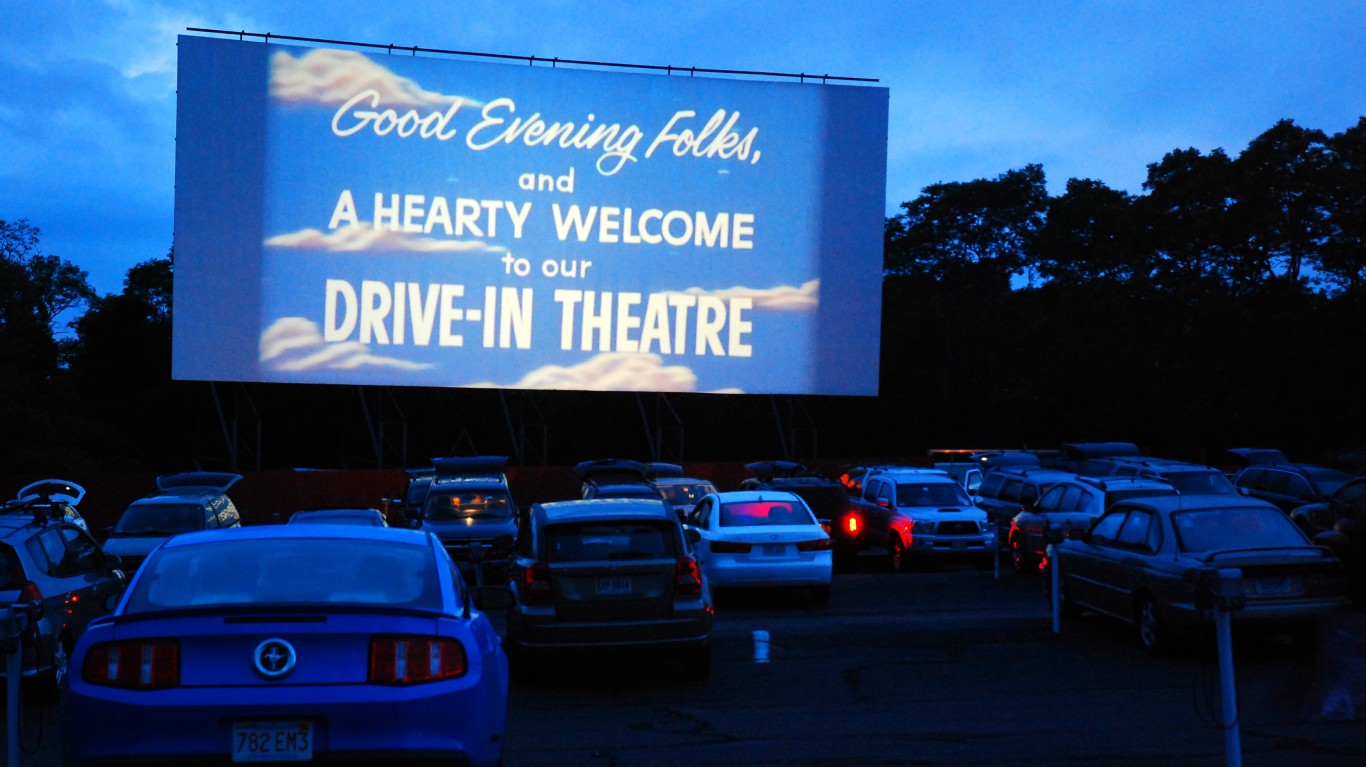
23. Some blame DST for the decline of drive-in movie theaters
Over the last 50 years, the number of drive-in movie theaters in the U.S. fell by nearly 92% — from over 4,000 to fewer than 340. Some attribute the decline to daylight saving time. Longer days meant that outdoor movie screenings could not begin until later hours not suitable for families.
Retirement planning doesn’t have to feel overwhelming. The key is finding expert guidance—and SmartAsset’s made it easier than ever for you to connect with a vetted financial advisor.
Here’s how it works:
Why wait? Start building the retirement you’ve always dreamed of. Click here to get started today!
Thank you for reading! Have some feedback for us?
Contact the 24/7 Wall St. editorial team.